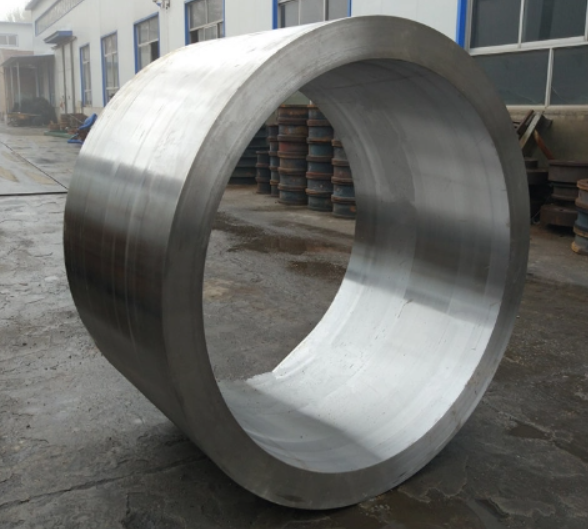Stainless steel is renowned for its durability, corrosion resistance, and aesthetic appeal. However, not all steel can claim the prestigious “stainless” prefix. One crucial element that determines whether steel qualifies as stainless is chromium content.
Chromium plays a pivotal role in transforming regular steel into stainless steel. To earn the stainless title, steel must contain a minimum percentage of chromium. In most cases, stainless steel requires at least 10.5% chromium content to inhibit rust formation effectively. This threshold establishes the foundation for the steel’s non-corrosive properties, making it suitable for various applications.
The addition of chromium to steel creates a protective oxide layer on the surface, known as the passive layer. This layer acts as a shield against corrosive elements such as moisture and oxygen. Without this protective barrier, steel is prone to rusting and degradation. By incorporating chromium, stainless steel gains superior resistance to tarnishing, staining, and pitting, ensuring longevity and reliability in diverse environments.
Furthermore, the presence of chromium enhances the steel’s strength and toughness. This alloying element improves the steel’s mechanical properties, making it more robust and resilient compared to conventional steel grades. The synergy between chromium and other alloying elements refines the microstructure of stainless steel, resulting in enhanced performance characteristics.
In industries ranging from food processing to construction, stainless steel’s exceptional qualities make it a preferred choice for critical applications. The ability to withstand harsh conditions, maintain hygiene standards, and resist chemical exposure underscores the significance of chromium in stainless steel production. Whether used in cutlery, medical instruments, architectural structures, or aerospace components, stainless steel’s versatility stems from its chromium-enriched composition.
In conclusion, the inclusion of a minimum chromium content of 10.5% distinguishes stainless steel from its conventional counterparts. This alloying element empowers steel with corrosion resistance, durability, and strength, setting it apart as a premium material for various industrial and domestic purposes. The fusion of science and metallurgy in stainless steel production underscores the essential role of chromium in shaping modern engineering and design practices.
Post time: Mar-22-2024





